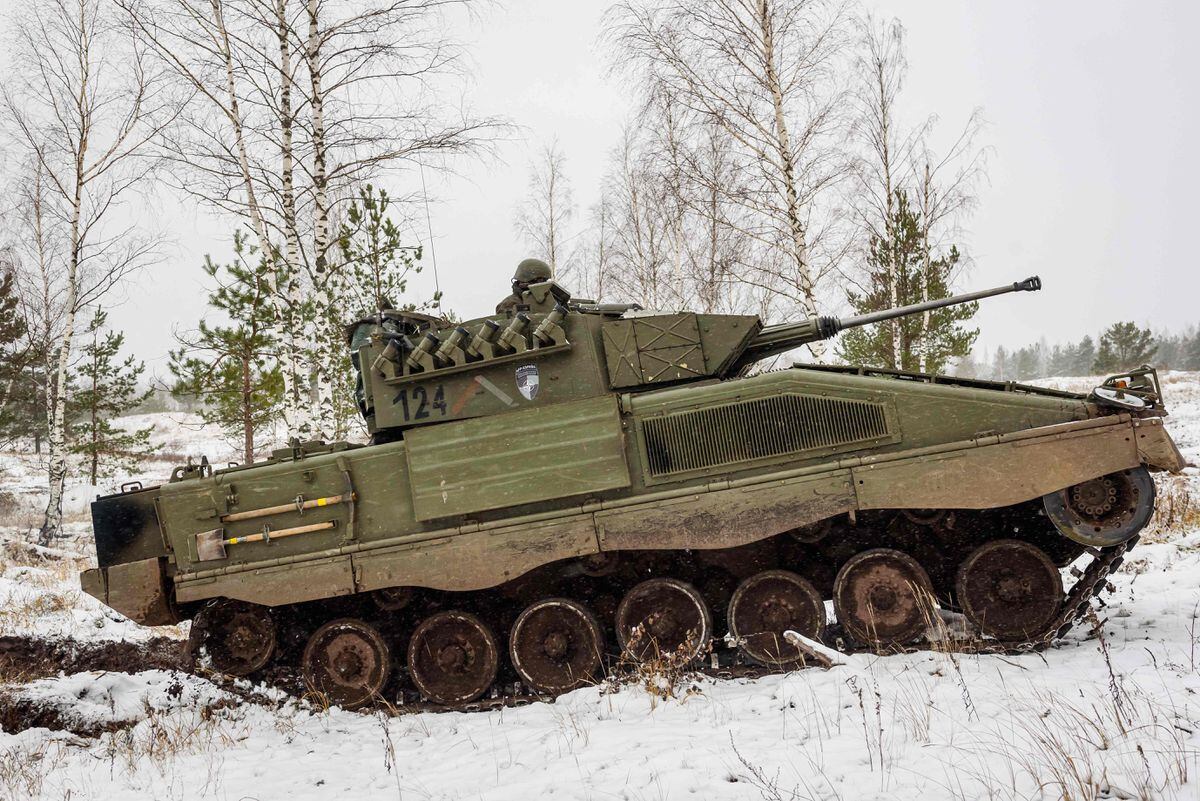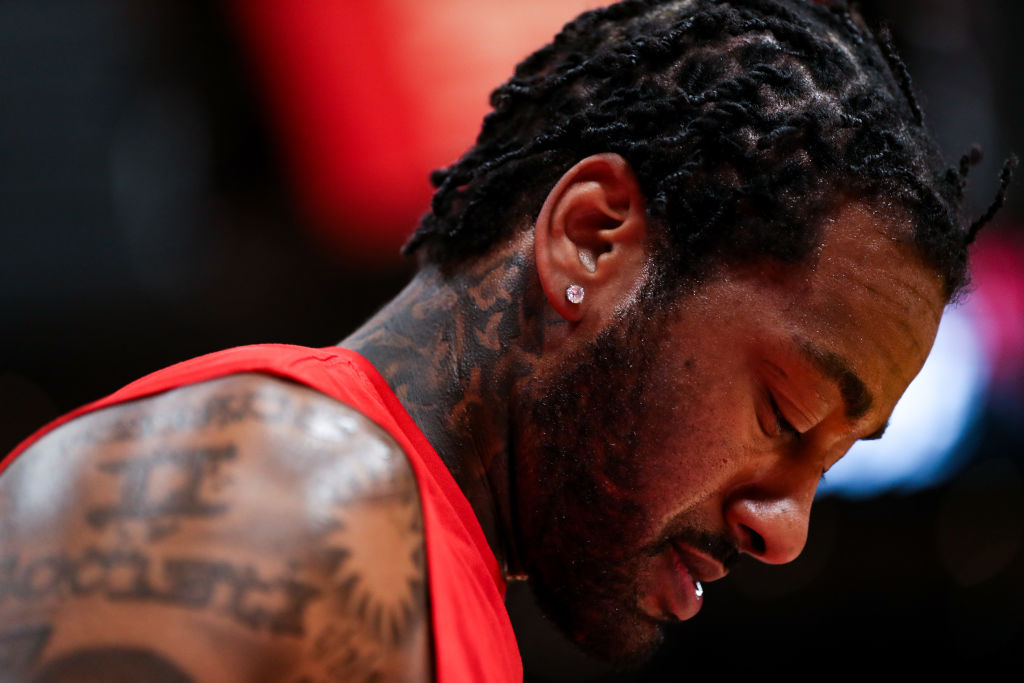
NATO and Russia are once again showing their teeth and exchanging warnings as tension grows in eastern Europe. The deployment of 114,000 Russian soldiers on the border with Ukraine has set off alarms in the allied capitals and Moscow has accused the West of having plans to install attack weapons in the former Soviet republic that put its security at risk. US Secretary of State Antony Blinken warned on Tuesday that a Russian aggression against Ukraine would have “serious” political and economic consequences. NATO Secretary General Jens Stoltenberg, who had already warned that Moscow would pay a “high price” if it attacked Kiev, has called for “transparency” about the Russian maneuvers and has assured that the Alliance could quickly reinforce its troops in the area, although he has not mentioned military retaliation.
Both Blinken and Stoltenberg have made these statements before the start of the meeting of the allied foreign ministers that takes place for two days in Riga (Latvia). Initially, the meeting was going to be dedicated to preparing the summit scheduled for June next year in Madrid, but the alarming news from Ukraine, whose president, Volodímir Zelenski, even spoke of a supposed coup to overthrow him with the support of Russian elements , they have completely changed the script and have resurrected the specter of the annexation of Crimea, in 2014. Then, NATO impotently attended the violation of the territorial integrity of a country that emerged in the heart of Europe from the implosion of the Soviet Union . Now, the dilemma is how to dissuade Moscow from repeating the adventure knowing that Kiev is not part of the Alliance and is not covered by its defensive umbrella. Blinken has exposed in Riga to the remaining 29 allied ministers the information gathered by the American intelligence on the movements of Russian troops. This Wednesday they are all scheduled to listen to their counterparts from Ukraine and Georgia.
The new escalation of tension has occurred when the crisis caused by President Aleksandr Lukashenko was already subsided by throwing thousands of Syrian, Afghan, Iraqi or Yemeni refugees against the borders of Poland and Lithuania. For the Polish Prime Minister, Mateusz Morawiecki, both events are related and, although the Belarusian president was the “direct perpetrator” of the maneuver, which included the transfer of immigrants by plane from their countries of origin, his true “sponsor” it was Vladimir Putin. Europe, he has warned in statements to the BBC, “must wake up from the strategic siesta” and avoid the worst in Ukraine.
Putin has also raised the tone of his threats. The Russian president has stressed that the deployment of missiles in Ukraine by the West is his “red line”, since it would put the Russian territory within 5 or 7 minutes of flight. And what should we do? We would have to create something similar to respond to what threatens us. And we can do it, “he added, after recalling that Russia has developed the Tsirkon hypersonic cruise missile.
For his part, Lukashenko has added fuel to the fire by assuring that he would offer Moscow to redeploy nuclear weapons in Belarus if NATO does so in Poland. Stoltenberg recently noted that NATO could locate these weapons in eastern Germany in the event that Berlin does not want them on its territory.
As a reassuring element, Stoltenberg has underlined the strong commitment to European security of the new Biden Administration, which has not only reversed Trump’s plans to drastically reduce US troops in Germany but also plans to increase them by 500 troops.
Join now EL PAÍS to follow all the news and read without limits
Subscribe here
For his part, the Spanish Foreign Minister, José Manuel Albares, has been in favor of NATO maintaining a “strong presence” in Eastern Europe. Before participating in the meeting, the head of Spanish diplomacy visited the 346 Spanish soldiers deployed at the Adazi base, about 25 kilometers from Riga and 120 from the Russian border, within the Reinforced Advanced Presence (EFP) mission. of the Atlantic Alliance, which was launched after the annexation of Crimea.
Follow all the international information at Facebook and Twitter, o en our weekly newsletter.





